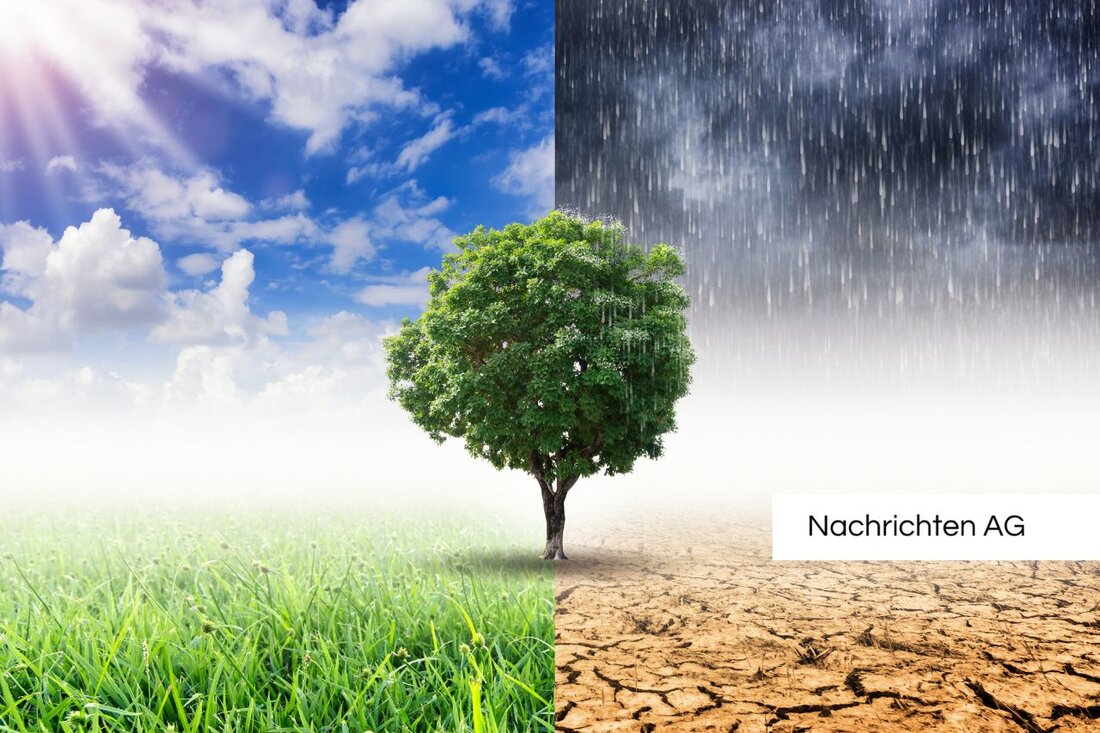Oceans in the climate fight: New Collaborative Research Center for Algae sugar!
Oceans in the climate fight: New Collaborative Research Center for Algae sugar!
Bremen, Deutschland - On May 28, 2025, the University of Greifswald and the University of Bremen received the funding commitment for the Collaborative Research Center/Transregio (TRR) 420 entitled "Concentates". The aim of this interdisciplinary research project is the profound examination of sugar polymers that come from seaweed and their influence on climate protection. These sugar compounds, also known as glycans, have a central role in the marine carbon cycle.
seaweed are remarkable carbon storage; They convert about five times as much carbon dioxide into polysaccharides (glycanes) every year, as is released by the combustion of fossil fuels. Despite the multitude of enzymes that are available to navy bacteria to reduce glycans, a significant part of these sugar structures are preserved in the oceans. This indicates unknown factors that prevent complete glycan reduction and contribute to carbon storage.
research approach and methods
The research team combines laboratory tests with measurements in natural marine habitats. The focus is on the interactions between algae, bacteria, mushrooms as well as glycans and proteins. With the help of advanced methods that extend until the atomic resolution in the Ångström area, the understanding of how these sugar structures are stabilized in the ocean.
The TRR 420 is supported by several renowned institutions, including the Leibniz Institute for Baltic Sea research in Warnemünde and the Max Planck Institute for Colloid and Breachers Research in Potsdam. The generated findings could make a valuable contribution to the fight against climate change.
role of the brown algae in climate protection
A doctoral thesis at the Max Planck Institute for Marine Microbiology in Bremen has shown that maritime brown algae store large amounts of carbon carbon in the form of long-lasting sugar polymers. Every year they remove about 550 million tons of carbon dioxide from the atmosphere. This performance makes it clear that the oceans, forests, floors and bogs are among the most important carbon storage on earth.
The significant function of the brown algae is based on its ability to photosynthesis, whereby they mainly store carbon in the form of carbohydrates. Fucoidan, a difficult to break down sugar polymer produced by brown algae, plays a key role here. It protects the algae from harmful microorganisms and is hardly decomposed by bacteria. Fucoidan clumps with suspended matter in the water and sinks to the sea floor, where the carbon is saved for centuries to thousands of years.
carbon storage in the oceans
The memory potential of Fucoidan in the deep water of the oceans is estimated at around four gigatons carbon dioxide. For comparison: Germany's annual greenhouse gas emissions are 674 million tons of carbon dioxide. In order to examine the effectiveness of ocean-based technologies for carbon intake, scientists from 14 institutions in six countries work on the EU-funded Ocannets project, which is coordinated by the geomar.
The aim of this project is to examine the opportunities and risks of ocean -based technologies for negative emissions and find out whether they can play a sustainable role in achieving climate neutrality according to the Paris climate agreement. Previous discussions about negative emissions mainly focused on the mainland, which underlines the need to expand knowledge of ocean -based approaches.
Overall, research on seaweed and their sugar structures illustrates a promising direction to combat climate change. By preserving and protecting these ecosystems, the anthropogenic influence on the climate can be significantly reduced. The ongoing studies and funding measures could give decisive impulses for more effective climate protection.
For more information on this topic, please visit the pages of University Bremen , Plant research and geomar .
| Details | |
|---|---|
| Ort | Bremen, Deutschland |
| Quellen | |


Kommentare (0)